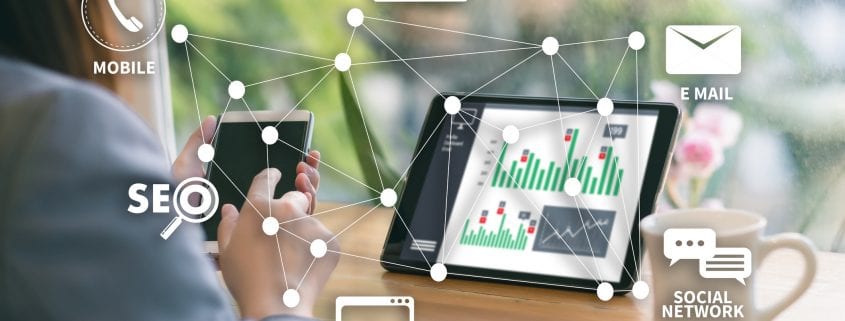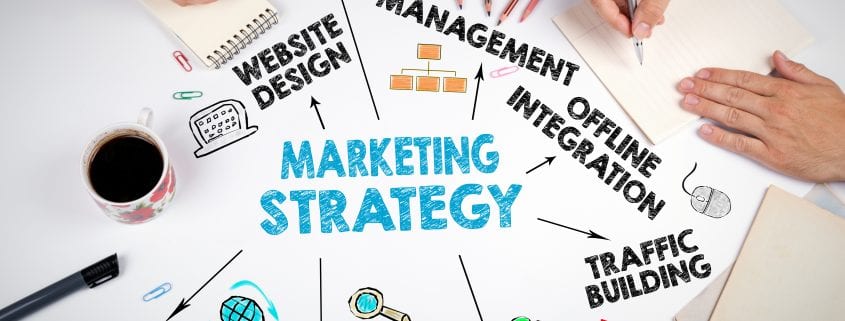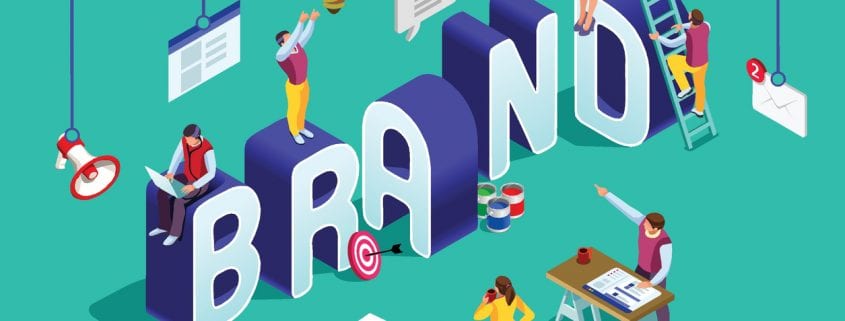
A Marketer’s Guide to Advanced Automation
Using marketing automation solutions can greatly improve your marketing capabilities. Automation saves time on repetitive, mundane tasks, giving you more time to focus on more pressing matters. Additionally, automation helps improve the customer experience by making client data better organized and easier to access. However, using basic automation will no longer provide you with a huge advantage over your competition. Few companies exist that do not employ some kind of automation solution. If you want a real advantage, you need to begin using more advanced automation tools. The following are some of the advanced automation tactics that you should think about adopting:
1. Advanced Email Segmentation
Basic email segmentation, which involves sectioning your email list based on things like gender or information pertinent to your products and services, is quite common. However, the use of advanced email segmentation personalizes your marketing even more. Advanced email segmentation allows you to segment your email list even further based on things like content opened, location, engagement with your brand, the device used, their stage of the buyer’s journey, and more.
2. Date-Based Automation

Many companies use action-based automation to deliver certain emails. For example, if a customer makes a purchase on your e-commerce page, you might automatically deliver a thank you email to their inbox. Many businesses use this basic form of action-based email automation. Another form of email automation worth using is date-based automation. Date-based automation tools allow you to automatically send off certain emails to certain recipients on specified dates. For example, if your opt-in form asks for a birthdate, use date-based automation to automatically send an email wishing a happy birthday to your leads and customers when their birthday comes around.
3. Lead Scoring
Lead scoring hasn’t quite caught on with the average marketer because it can take some time to set up. However, lead scoring helps make it easier to identify the quality of your leads. This, in turn, prevents your marketing and sales team from engaging with uninterested leads. It also helps prevent your marketing and sales teams from missing out on leads that were ready to convert. The way lead scoring works is simple. For every action a lead takes, or for every piece of information they provide, they are automatically assigned points. These actions or bits of information can be worth different values. For example, downloading an eBook might be worth more than liking a blog post on social media. Certain actions or information can be worth negative points as well.
You’ll have to decide at what point the total of their score determines that they are an MQL (marketing qualified lead) or a SQL (sales qualified lead). As you can imagine, having scores on all your leads can be incredibly helpful; however, your marketing and sales teams will have to work together to come up with a scoring system.
Learn more about how marketing automation can benefit you: How Marketing Automation Can Improve Your Lead Nurturing Process
4. Personalized Offers
Using an advanced automation eCommerce recommendation tool, you can automatically create dynamic emails that suggest relevant products to customers based on their past behavior. Some of these behaviors may include what they purchase, how much they spend, and how often they make purchases. The email is only generated after assessing the customer and it can go a long way towards increasing sales.
5. Chatbots
People often have basic questions when exploring a new website. A chat feature allows them to ask these questions without having to call or email you. Unfortunately, you may not have the resources to personally engage with visitors on your website 24/7 via the chat feature. That’s why you should consider implementing chatbots. Chatbots can be programmed to answer the most common questions automatically so that you don’t need a human to engage directly with every visitor. Even social channels such as Facebook are beginning to implement automated chat features.
Automation doesn’t just help make time-consuming tasks less time-consuming to do. It organizes valuable data, making it easier for you to improve your ability to engage with customers. Automation can even help improve the customer experience directly. Any business that’s looking to grow should go beyond the basics of automation and implement these advanced automation tactics into their marketing strategy.






















